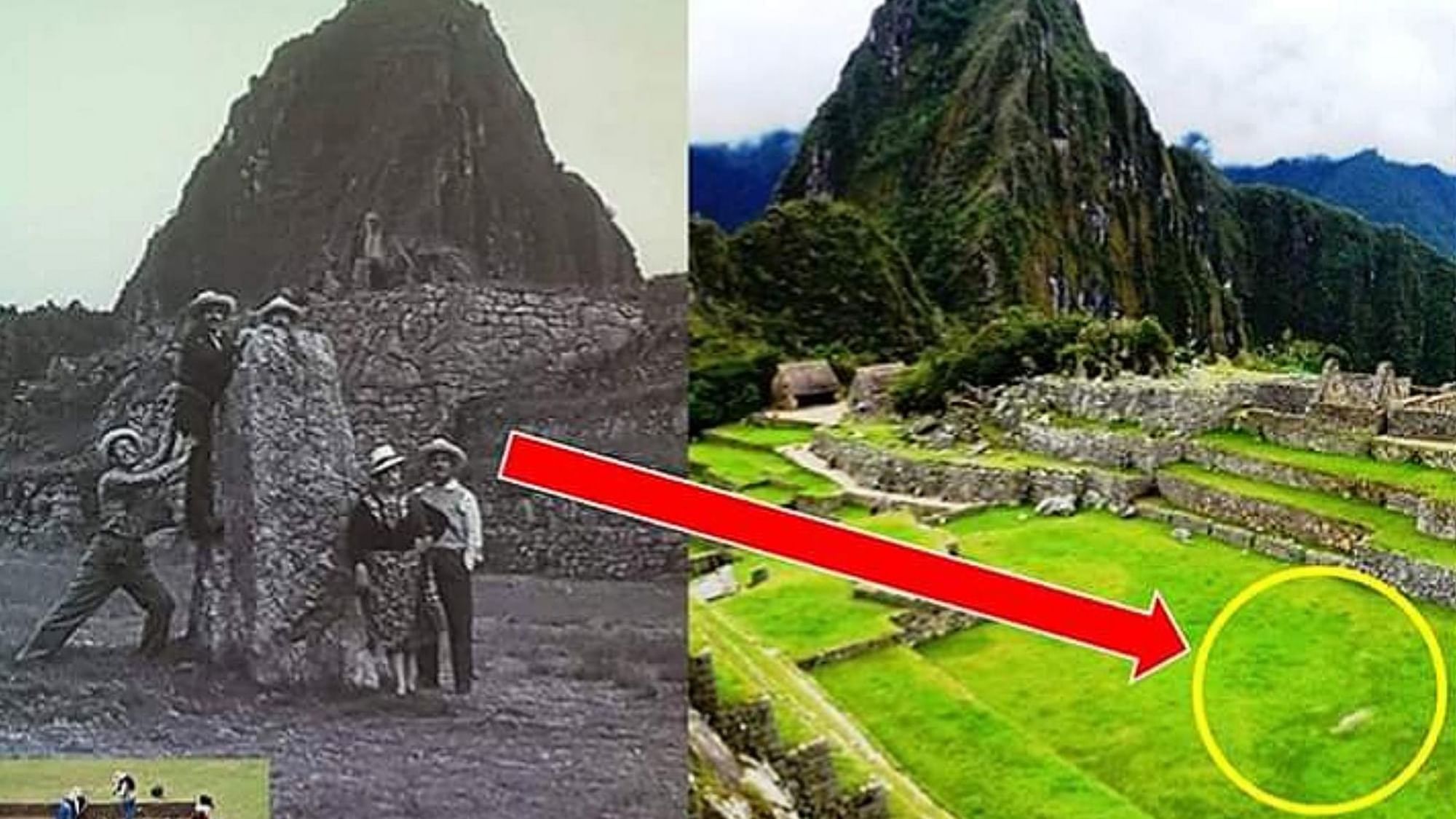Inca Engineering Mastery in the Construction of Machu Picchu
Machu Picchu, the iconic sanctuary nestled in the Peruvian Andes, stands as a testament to the extraordinary engineering capabilities of the Inca civilization. Built during the 15th century under the reign of Pachacuti, this marvel of architecture and engineering reflects the Incas' profound understanding of their environment, materials, and construction techniques.
The Harmony Between Nature and Architecture
One of the most remarkable aspects of Inca engineering at Machu Picchu is the seamless integration of the structures with the natural landscape. The Incas meticulously chose the site for its strategic location, perched high above the Urubamba River, ensuring both defense and alignment with sacred mountains, which held significant religious importance.
The terracing system, essential for agriculture, also played a critical role in the stability of the site. These terraces not only prevented landslides by improving water drainage but also maximized the arable land in the rugged terrain. The precision with which these terraces were constructed is a clear indication of the Incas' advanced understanding of soil mechanics and hydrology.
The Stonework: A Testament to Inca Precision
Machu Picchu's stonework is another aspect that has fascinated archaeologists and engineers alike. The Incas employed a technique called ashlar masonry, where stones were cut with such precision that they fit together without the need for mortar. This method not only created aesthetically pleasing structures but also contributed to the earthquake resistance of the buildings. The stones were cut to interlock, allowing the structures to withstand the seismic activity common in the region.
The selection and transportation of these stones were also feats of engineering. The Incas quarried granite from nearby sites and transported these massive stones to the construction site using a combination of manpower, ramps, and possibly even rolling stones on logs. The absence of modern tools and machinery makes this achievement even more extraordinary.
Water Management: An Ingenious System
Water management at Machu Picchu demonstrates the Incas' ingenuity in creating sustainable living conditions in a mountainous region. The site features a sophisticated network of canals, fountains, and drainage systems designed to manage the abundant rainfall. The main water canal, sourced from a spring on the mountain, fed into a series of fountains throughout the city, ensuring a constant supply of fresh water.
Moreover, the drainage system was designed to handle heavy rainfall, preventing erosion and maintaining the integrity of the site. The combination of surface and subsurface drainage channels reflects a deep understanding of hydrological principles, ensuring that the city remained habitable throughout the year.
The Legacy of Inca Engineering
Machu Picchu is not just a historical site; it is a living testament to the Inca civilization's engineering prowess. The techniques and principles applied in its construction continue to inspire modern engineers and architects. The Incas' ability to harmonize their architectural ambitions with the challenging environment of the Andes is a lesson in sustainability and resilience.
Today, Machu Picchu remains one of the most visited archaeological sites in the world, drawing millions of tourists each year who marvel at the ingenuity of the Inca civilization. As we explore this ancient wonder, we gain not only an appreciation for its aesthetic beauty but also a deeper understanding of the sophisticated engineering that made such a city possible.
The engineering feats of the Inca civilization, as demonstrated in the construction of Machu Picchu, highlight their remarkable ability to create sustainable and resilient infrastructure in harmony with nature. From precise stonework to advanced water management, the Incas left behind a legacy that continues to inspire and challenge our understanding of ancient engineering. Machu Picchu stands as a testament to their innovative spirit, enduring as one of the greatest architectural achievements in human history.
For those interested in learning more about the wonders of Inca engineering, a visit to Machu Picchu offers an unparalleled opportunity to witness this ingenuity firsthand, set against the breathtaking backdrop of the Andean mountains.
